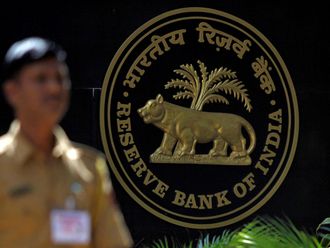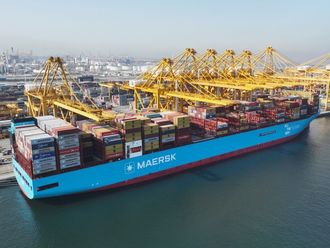China’s banking regulator is proposing tighter rules for the nation’s $3.5 trillion market for wealth-management products (WMP) as the government moves to rein in shadow-financing risks.
The China Banking Regulatory Commission has drafted regulations designed to protect mass-market investors, limit the involvement of smaller banks and ensure that lenders have adequate capital to cushion against potential losses, a source said.
Restrictions would be placed on banks with less than 5 billion yuan of net capital or fewer than three years of experience with wealth-management products, the person said. They would be required to invest the proceeds of any WMPs they issue in less-risky assets, such as government bonds and bank deposits, the person added.
Larger, better-capitalised banks would be allowed to conduct “comprehensive” wealth business, and allowed to put the money into equities and other riskier “non-standard assets” such as loans, the person said.
The rules are pending banks’ feedback and may be subject to change. The CBRC didn’t immediately reply to a fax seeking comment.
The 21st Century Business Herald reported earlier Wednesday on the proposed restrictions on WMPs.
Shadow banking
China has been tightening rules on WMPs since late 2014, when it imposed limits on investments in non-standard credit assets. The products are a key reason behind the growth in China’s shadow-banking industry, which Moody’s Investors Service estimates is worth more than 50 trillion yuan, and have been used by some financial institutions as a way to extend funds to risky borrowers and evade capital requirements.
Under the new draft rules, banks will be required to set aside reserves from net income until they have built up a capital buffer equivalent to 1 per cent of the value of their outstanding WMPs, the person said.
To protect smaller investors, proceeds from “mass market” WMPs could only be invested in the money or bond markets, and not in domestically-listed shares or beneficiary rights, he added. Institutional investors and wealthier Chinese - defined as individuals with at least 1 million yuan of financial assets or private-banking clients with at least 6 million yuan — will not face those restrictions, the person said.
Financial threat
Charlene Chu, a partner at Autonomous Research, said in May that lenders’ WMPs were the biggest immediate threat to China’s financial system, with similarities to western bank exposures in 2008 that helped to trigger the financial crisis. The banking analyst made her name warning of the risks from China’s credit binge.
The continued growth of Chinese banks’ investment receivables, which encompass WMPs, asset-management schemes and bonds, is exposing mid-sized and smaller regional lenders to liquidity and credit risks, Moody’s said in a statement earlier on Wednesday. Those receivables at 26 publicly traded banks have more than quadrupled since 2012 and accounted for more than 8 per cent of their total assets by the end of 2015, Moody’s said.
The outstanding value of China’s WMPs rose to 23.5 trillion yuan, or 35 per cent of the country’s gross domestic product, at the end of 2015, from 7.1 trillion yuan three years earlier, according to China Central Depository & Clearing. About 7.8 per cent of the outstanding products were invested in equities and 15.7 per cent in non-standard credit assets, the data show.
The Shanghai Composite Index fell 1.9 per cent after tumbling as much as 3.6 per cent, while the ChiNext Index slumped 5.45 per cent.












